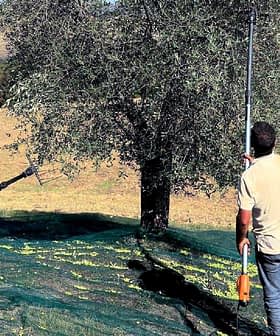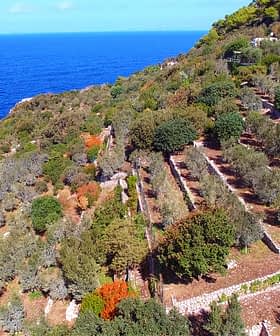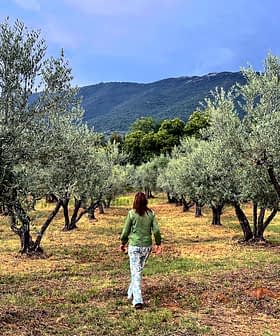By Lucy Vivante
Olive Oil Times Contributor | Reporting from Rome
Italy’s Institute for Services to the Agricultural and Food Market (ISMEA) is estimating the country will produce 550,000 tons of olive oil this year, 6% above last year’s 518,000 tons. The slight gain from 2009 is, however, below the four-year average of 580,000 tons. The Institute says the decline in production is attributable to the subsidy structure – known as the single payment scheme – where growers are subsidized for keeping up their groves, whether they harvest their olives or not. ISMEA also reports that olive growers, confronted with the continuing low prices for olive oil and increasing costs for cultivation, often forego harvesting, depressing total olive oil production.
 One of the ways growers save on their cultivation costs is by not pruning their trees. Trees that are not pruned will bear higher amounts of fruit one year, followed by lesser amounts the next. This is one of the reasons for the fluctuation in yield. Of course, climactic conditions are key to yields. Last winter’s large amount of rain mostly helped growers in the south and central regions, but hurt northern growers. The precipitation in the north often came in the form of snow, freezing rain, and hale.
One of the ways growers save on their cultivation costs is by not pruning their trees. Trees that are not pruned will bear higher amounts of fruit one year, followed by lesser amounts the next. This is one of the reasons for the fluctuation in yield. Of course, climactic conditions are key to yields. Last winter’s large amount of rain mostly helped growers in the south and central regions, but hurt northern growers. The precipitation in the north often came in the form of snow, freezing rain, and hale.
Lazio leads the central regions with a 35% to 40% gain in yields, although it was only slightly better than 2008 totals there. Sardinia, similarly, is expected to have an excellent year with a 40% increase over last year. Puglia, Italy’s strongest olive region, will have 10% to 15% gains over last year. The table gives estimates for this year, and actual totals for 2007, 2008, and 2009 in all of Italy’s regions except for the northern and oliveless region of Aosta. The table was compiled by ISMEA in conjunction with ISTAT (Italian National Institute of Statistics), CNO (National Consortium of Olive Growers), and UNAPROL (Consortium of Olive Producers).








